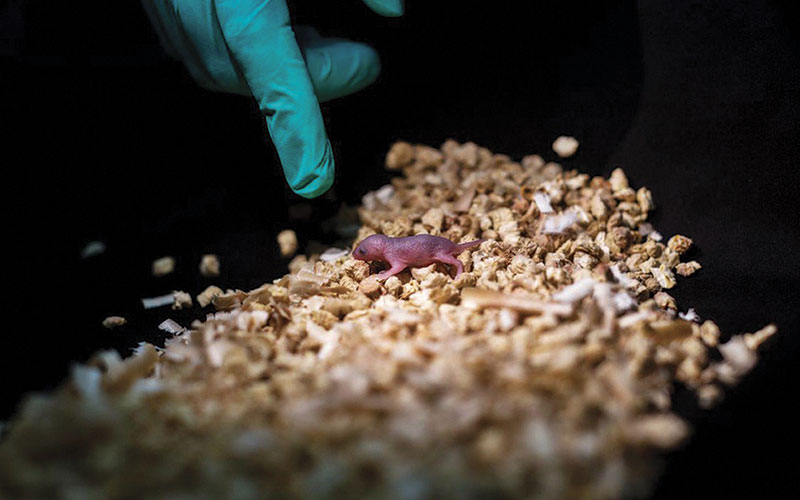Researchers at the Chinese Academy of Sciences were able to produce healthy mice with two mothers that went on to have normal offspring of their own.

Mice from two fathers were also born, but only survived for a couple of days.
The work, published in Cell Stem Cell, looks at why it is so challenging for animals of the same sex to produce offspring and suggests that some barriers can be overcome using stem cells and targeted gene editing.
To produce their healthy bi-maternal mice, the team used haploid embryonic stem cells (ESCs), which contain half the normal number of chromosomes and DNA from only one parent and which the researchers believe were the key to their success.
They created the mice with two mothers by deleting three imprinting regions of the genome from haploid ESCs containing a female parent’s DNA and injected them into eggs from another female mouse.
They produced a total of 29 live mice from 210 embryos. The mice were normal, lived to adulthood, and had babies of their own.




